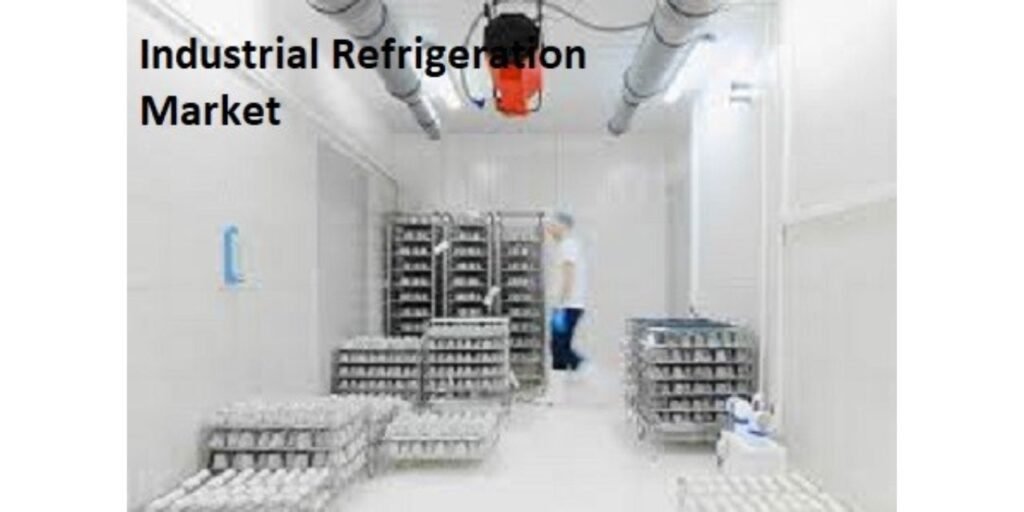
The report “Commercial Refrigeration Market by Product Type, Refrigerant Type, Application (Food Service, Food & Beverage Production, Food & Beverage Retail), End Use (Supermarkets & Hypermarkets, Hotels & Restaurants, Bakeries), & Region – Global Forecast to 2028″, is projected to grow from USD 45.5 billion in 2023 to USD 60.5 billion by 2028, at a CAGR of 5.8%. The expansion of retail chains, supermarkets, and convenience stores on a global scale drive the demand for commercial refrigeration systems. The requirement of a reliable and efficient refrigeration infrastructure to preserve perishable goods and meet customer demands is expected to boost the market growth.
Download PDF Brochure
Browse
• 270 Market data Tables
• 43 Figures
• 245 Pages and in-depth TOC on “Commercial Refrigeration Market – Global Forecast to 2028″
Some of the prominent key players are:
- Daikin (Japan),
- Johnson Controls (US),
- Carrier (US),
- Dover (US),
- Baltimore Aircoil Company (US),
- Blue Star Limited (India), and many more….
Driver: High demand for frozen & processed food worldwide
Frozen food products are increasingly becoming an integral part of daily diets worldwide. The global demand for fresh and processed fruits and vegetables is increasing because of the changing food consumption habits of the urban population. Also, rapid urbanization in developing countries and rising living standards are fueling the demand for processed and packaged food, thereby leading to higher commercial refrigeration system sales, which is expected to propel the demand for the commercial refrigeration market during the forecast period.
Request Sample Pages
Food & beverage end-use industry is projected to be the third largest market during the forecast period.
Activated carbon finds extensive application in the food & beverage industry for purifying food ingredients and enhancing their color. Its usage spans various processes, including the removal of color from food products such as oils and other edible items. Specific applications include purifying sweeteners (fructose, glucose, and dextrose syrups), edible oils, glycerine, wine, juices, and organic and inorganic acids (such as adipic, citric, lactic, and phosphoric acids). Additionally, activated carbon is essential to the preparation of materials for beverage production, including soft and alcoholic beverages. It helps the decolorization of sugar syrup, removal of disinfecting agents from municipal water, treatment of bore-hole sources containing volatile organic compounds (VOCs), purification of carbon dioxide from fermentation processes, and adjustment of specification products like beers, wines, and spirits.
Europe is projected to be the third largest region during the forecast period.
Europe serves as a manufacturing hub for prominent pharmaceutical companies. The pharmaceutical industry in the region is primarily propelled by rising investments in research and development (R&D), significant expenditures on pharmaceuticals, and a rapidly aging population. Regulatory oversight from the European Medicines Agency (EMA) ensures adherence to stringent standards regarding drug purity and quality, thereby stimulating the demand for activated carbon within this sector.
